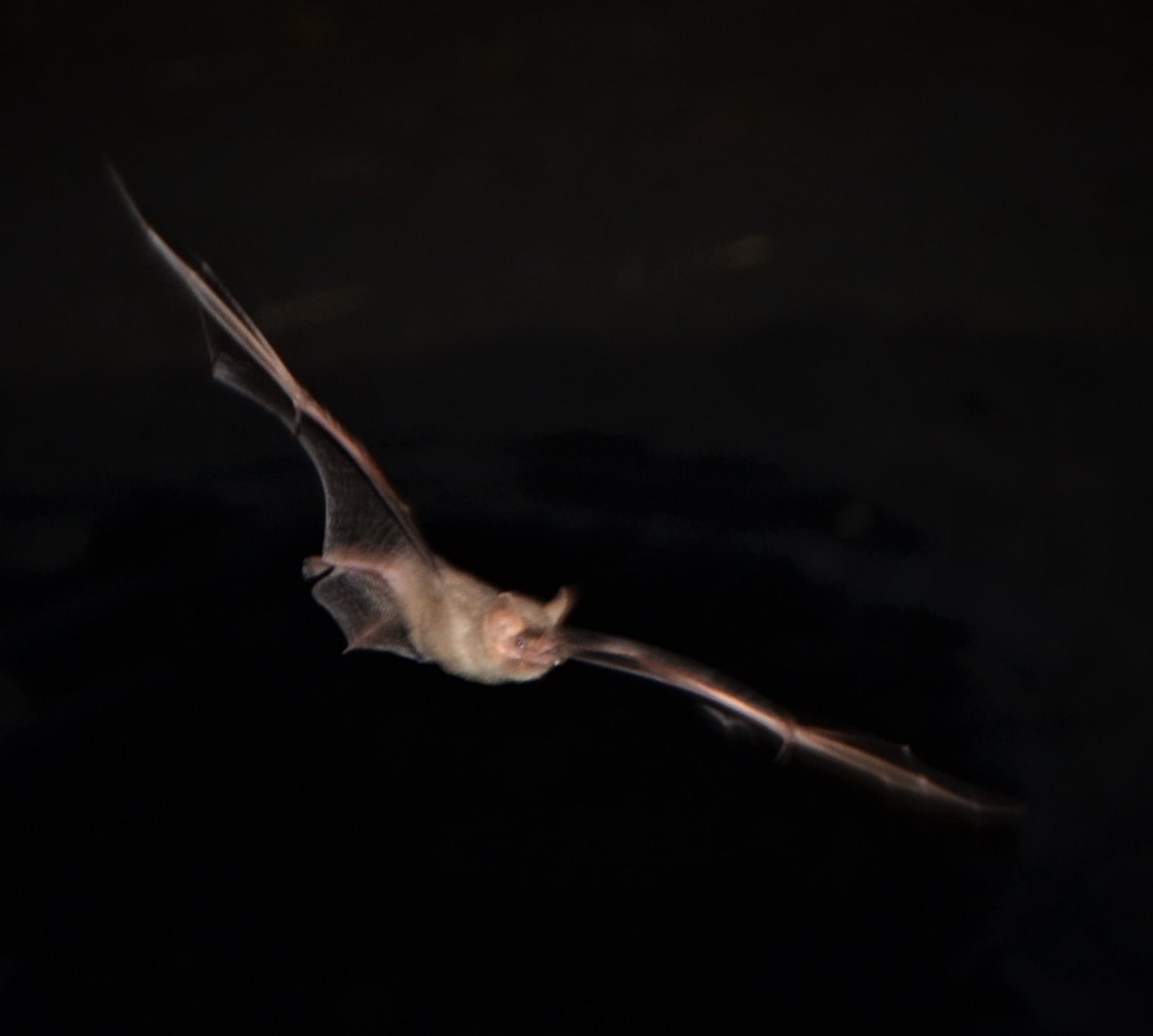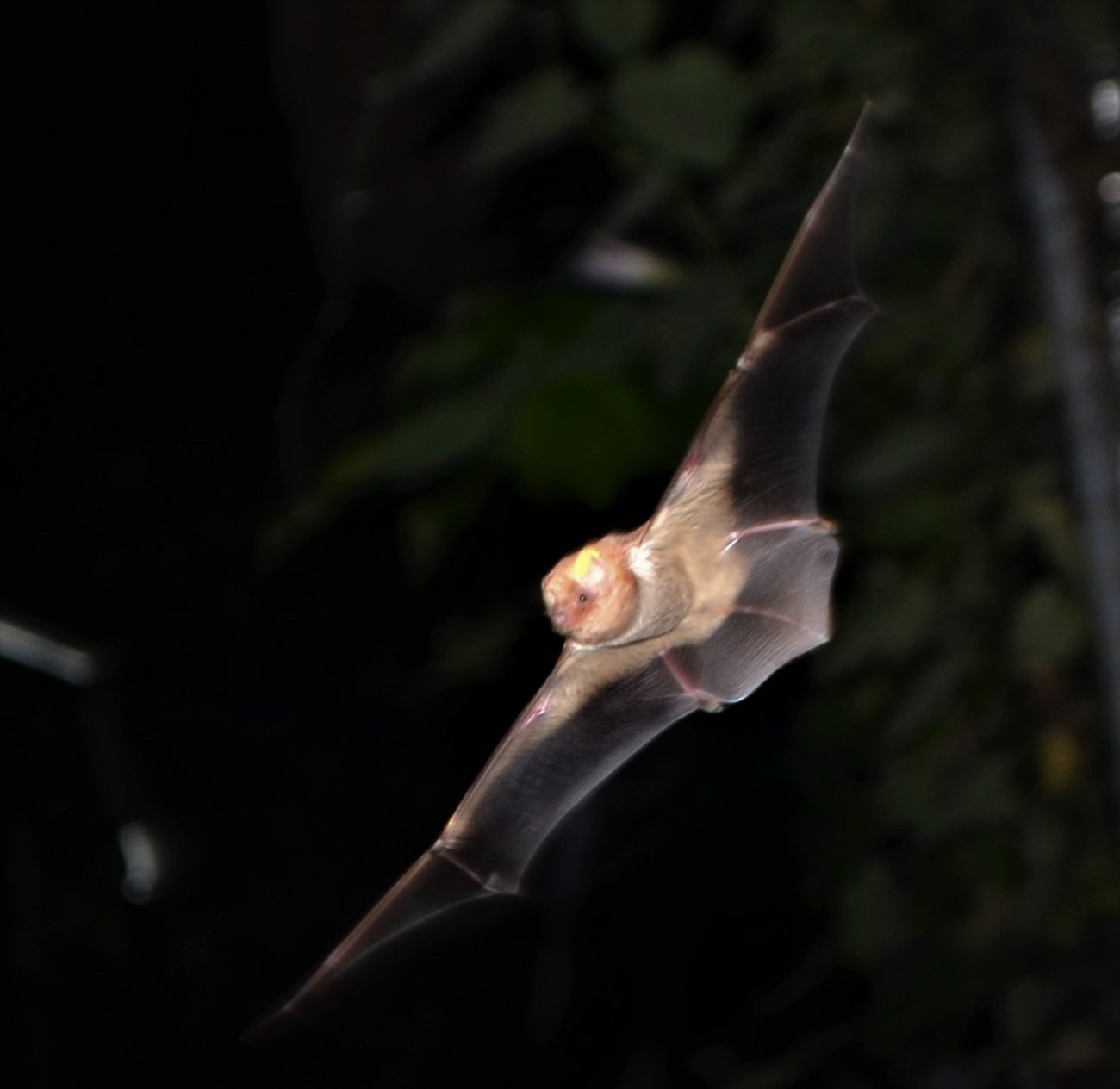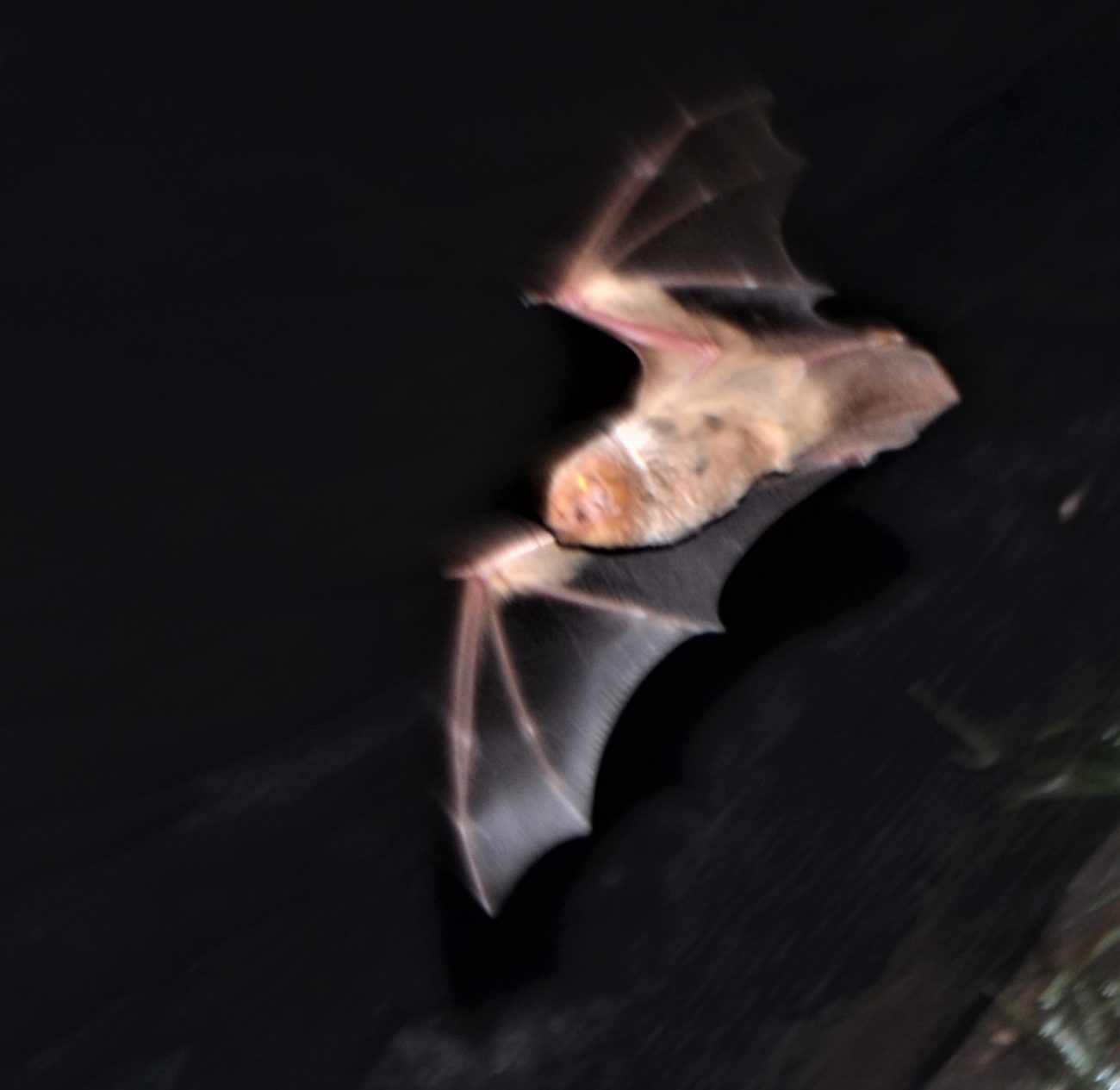Ball o’ Bats!
These Eastern red bat pups find their mum each morning, even though only two are still nursing. Orphan Michelle on top right has adopted the family!
In the wild, when pups start wrestling , as pups will, birds (especially grackles and bluejays) take notice and attack them. The mum is forced to fly off with all those heavy pups clinging to her. People find the exhausted mum and her pups in a ball and bring them to us. We give the pups a chance grow into self-sufficient young adults, hunting and drinking on the wing, before release, usually with a few weeks. What a privilege to get to share a bond with these amazing creatures, before they resume their wild and free lives!





